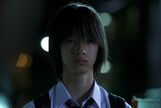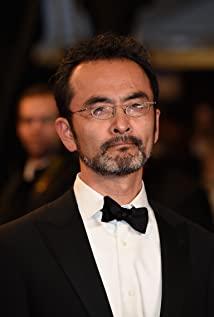View more about The World of Kanako reviews
Tetsuya Nakajima is not as good as Yuan Ziwen in dealing with this kind of subject matter
Yessenia 2022-04-19 09:03:06
"Crime of Thirst" scored 7 points and ran all the way on Cult Road. Tetsuya Nakajima's rapid switching of the scene is dazzling, with a strong sense of time and space jumping, and the two-view cross-narrative method of different time axes, but the reality and memory are separated into pieces. The editing uses a lot of close-ups and close-ups, and the violence is continuous, and the screaming is constant. It is really crazy. The human nature of this film is dark to the end, but there is no fairy tale. With a violent, ruthless, alcoholic father and a devilishly beautiful daughter, the director seems to warn parents that they don't understand the consequences of not caring about their children, but he doesn't explain why. Violence is controlled by violence, and the cruelty like beasts is only explained by blood. From love to hate, even love and hate is to kill her with his own hands. Tetsuya Nakajima's blood and violence remind me naturally of Sono Ziwen. He is far less familiar than Sonoko, and he looks straight and shriveled. Sonoko's filming of this kind of film is full of sensory stimulation, like "Why Hell is Bad" can show a hormonal carnival As hearty. Boys without a sense of existence are tricked and destroyed by Kanako, which reminds me of Kakuda Yu's obsession with Yoko in "Exposure of Love", and Shimizu Hiroshi is really a bit like Nishijima Takahiro. Kakuda Yu knew Yoko, the deformed pure love rescued him, and his spiritual destruction also awakened Yoko, but Kanako's demonic nature is crazy, she is lovable, good at using men's love and perversion, and using all kinds of men as tools to get revenge . "Crime of Thirst" and "Exposure of Love" both concretize the most primitive rage and sin of human nature, but the latter is psychedelic, ethereal and has many magical strokes, while the former simplifies the sins of human nature, and the analysis of human nature is not in place , did not open up the two veins of Ren and Du, it appeared stagnant, turbid, fragmented, and the cool interpretation of the lens did not have the slightest convincing.
Extended Reading











